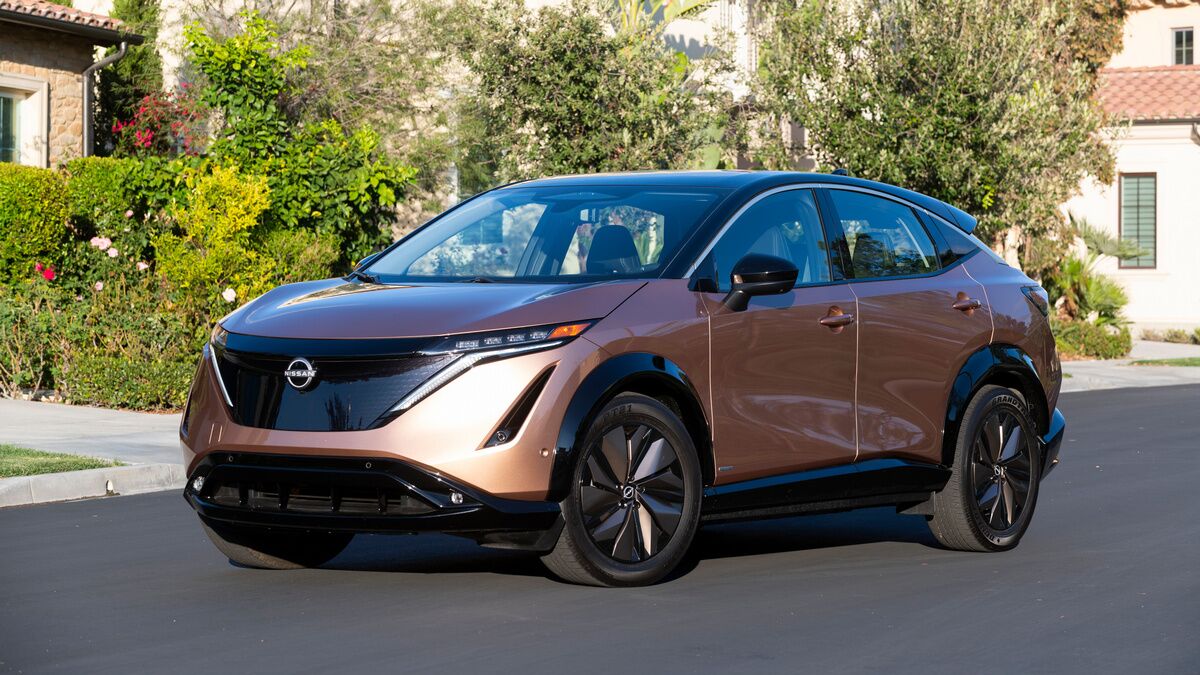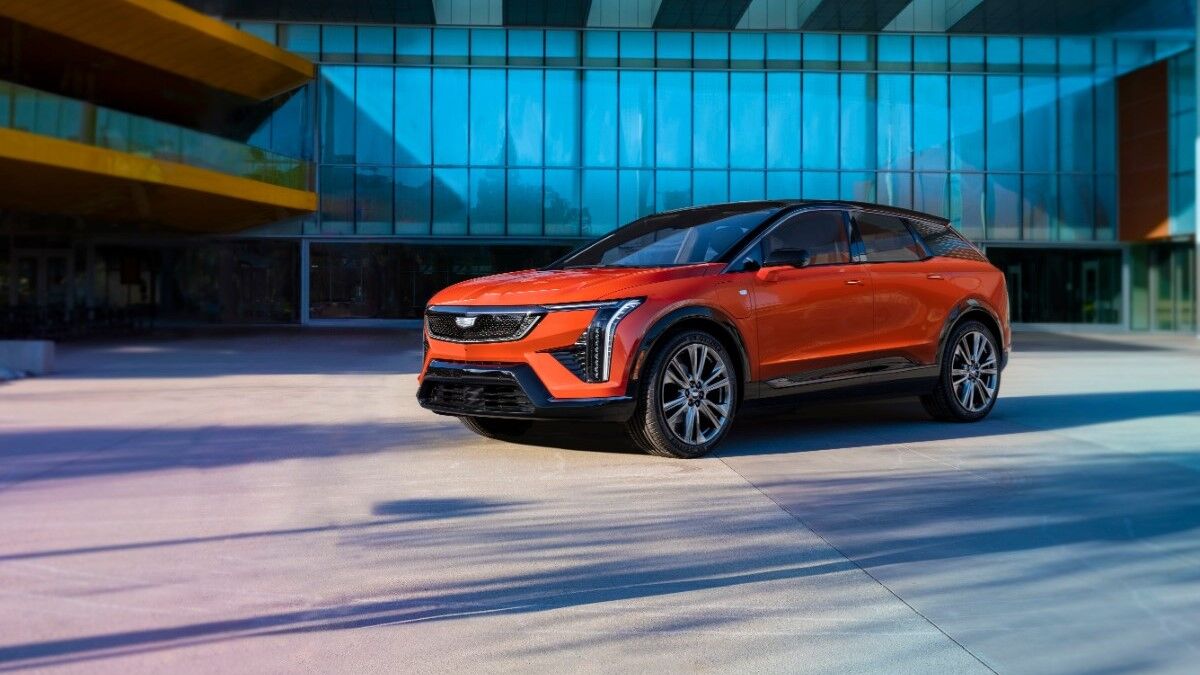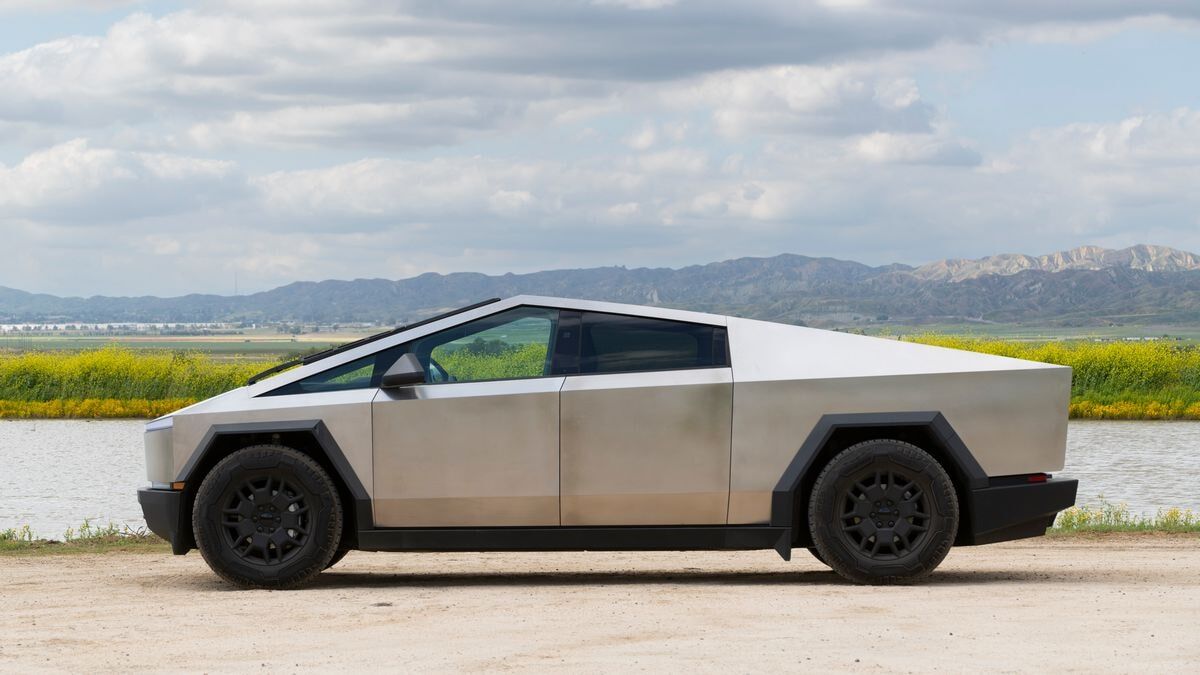
So, if you’re considering a new electric car, you can still qualify if you move quickly.
Related: How Do Electric Car Tax Credits Work?
How the Rules Are Changing
Many electric cars qualify for a $7,500 federal tax credit.
Last summer Congress passed, and President Biden signed, a new law remaking the tax credit system for EVs. The law had many purposes. One was to remake supply chains that current rely heavily on China.
The law instructed the Treasury Department to write rules explaining how it would enforce those requirements.
Today, the department published those rules.
Some Cars May Get Half the Benefit
Cars must receive “final assembly” in North America to qualify for any incentive at all.
From there, the new rules will split the tax credit into two parts.
Cars will qualify for a $3,750 benefit if at least half the value of their battery components are assembled in North America. Treasury officials will use a four-part test to determine which vehicles meet those requirements.
Cars will qualify for a second $3,750 incentive if critical minerals used in the batteries, like cobalt and lithium, originate in the U.S. or its free-trade partners.
The law requires 40% of battery content to come from such countries immediately. That requirement ladders up to 80% in 2027. The department will use a similar, three-part test to decide whether cars have met mineral standards.
That means some cars will not qualify for any tax credit because they are built outside North America.
Others will qualify for a $3,750 credit because manufacturers assemble batteries in North America, but use minerals mined in China or other countries the U.S. lacks trade agreements with.
A smaller list of cars will qualify for a second $3,750 credit because their batteries use minerals mined in approved countries.
An 18-Day Scramble
Earlier this year, the IRS published a list of vehicles that currently qualify for the tax break. That list remains effective until the agency publishes a new list, according to an IRS statement. The agency plans to do that on April 18.
But buyers need to take possession of their new car, not just sign a purchase agreement, before that date.
“If you take possession of a new clean vehicle on or after April 18, 2023, it must meet critical mineral and battery component requirements to qualify for the credit,” the agency says. “This applies even if you bought the vehicle before April 18.”
We won’t know what cars qualify for any tax credit after April 18 until the IRS evaluates each current EV via its two new tests and updates its list of qualifying cars.
“Few” EVs Will Qualify at First
Industry experts expect the new list to be short.
The Alliance for Automotive Innovation is the auto industry’s largest trade group. Alliance CEO John Bozzella told reporters this morning that “few” will likely qualify come April 18.
“Some EVs will certainly qualify for a partial credit. Given the constraints of the legislation, Treasury’s done as well as it could to produce rules that meet the statute and reflect the current market,” he said.
Situation Will Improve as Manufacturers Change Supply Chains
We don’t expect the list of qualifying cars to stay short.
The automotive industry began responding to the new rules by moving production to North America after Biden signed the law. Hyundai, Mercedes-Benz, Volkswagen, and Volvo have all broken ground on new American factories or moved production of some EVs to North America in the seven months since the law was passed.
They will doubtless change their supply chains to accommodate the new requirements, too.
But remaking mineral supply chains is a complex process and can’t be done in a matter of months.
Administration officials acknowledge that the law is limiting in the short term. But they expect longer-term benefits for American manufacturers.
“The critical minerals and battery component requirements will reduce the number of electric vehicles currently eligible for the full credit in the short term, in order to create incentives to bring supply chains and manufacturing to the U.S.,” a senior U.S. Treasury Department official told CNN. “However, we believe these requirements will significantly increase the number of vehicles made and sold in the U.S. over the next decade.”







